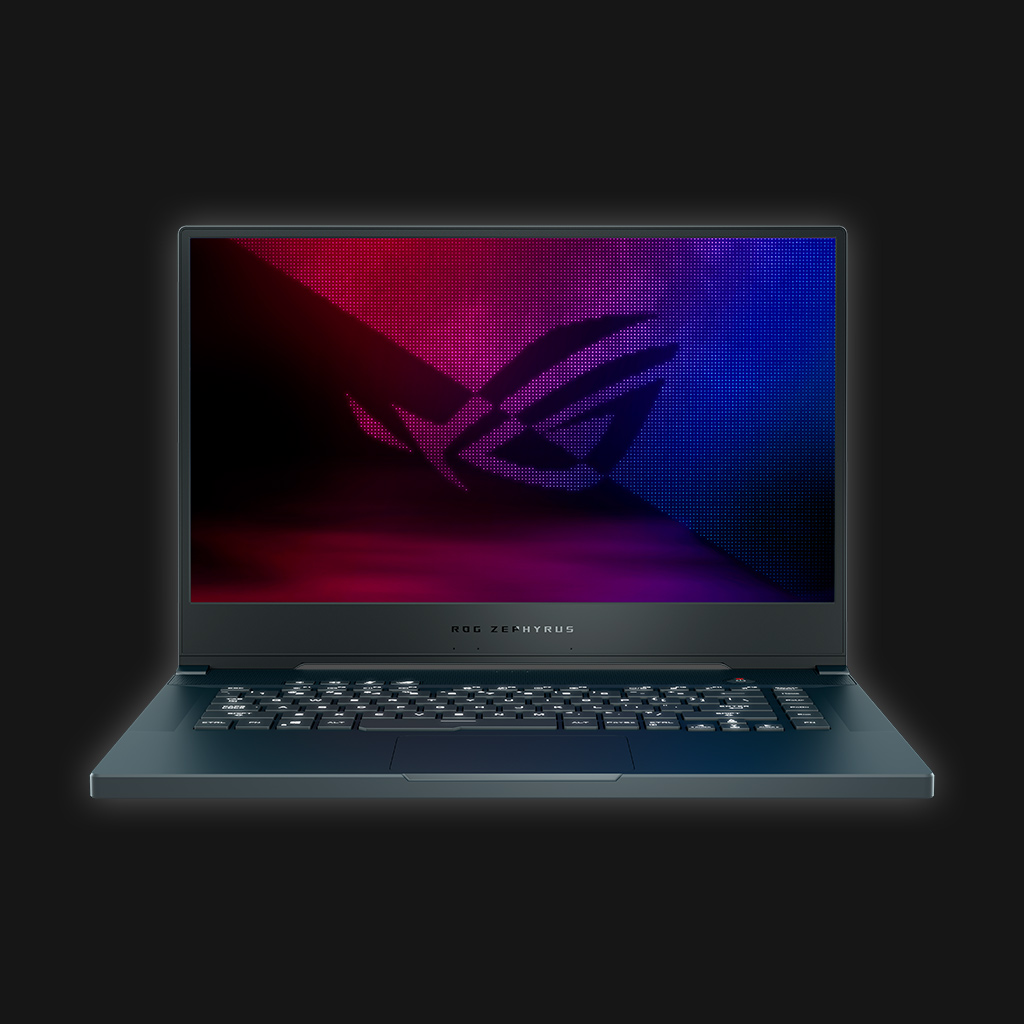

I was sent the entry-level GU502LU model to test, which comes with one of Intel's new Core i7-10750H processors, 16GB of RAM, an Nvidia GeForce GTX 1660 Ti graphics chip (a full-fat one, I might add, not an energy efficient Max-Q version), a 512GB Intel SSD and a 1920x1080, 144Hz "IPS-level" panel, but you'll also find models with RTX 2060 and RTX 2070 graphics chips, 1TB of storage, 1920x1080 240Hz and 4K 60Hz displays as well as Intel's more powerful Core i7-10875H CPU in Asus' GU502LV and GU502LW models. The Zephyrus M15 also comes in a wider array of spec choices than the G14, giving you a bit more flexibility when it comes to price versus performance. It's something I wouldn't be embarrassed to get out in public, which is always a plus point in my books, and at 1.9kg and just under 20mm thick, it's not an absolute brick, either. Apart from the slight increase in size from a 14.1in display to a 15.6in one, the M15 has the same unassuming design as the G14 (minus the LED matrix display), making it one of the least gamery-looking laptops I've tested all year. The ROG Zephyrus M15 on test today is the larger, Intel equivalent. Instead, it had an RTX 2060 graphics chip and one of AMD's new Ryzen 7 4800HS processors inside it, giving it some serious gaming chops underneath its (relatively) plain-looking chassis. Sure, it had a mad LED matrix display on the back of its lid, but at a glance, I'd have pegged it as a regular everyday laptop that was only fit to play the smallest of 2D indie games. When I first saw Asus' ROG Zephyrus G14 laptop back in January this year, I was struck by just how 'normal' it looked. Ports: HDMI 2.0b output, Thunderbolt 3 x1 (with USB 3.2 Gen 2 Type-C, DisplayPort 1.4 and power delivery), 3x USB 3.2 ports, 1x Ethernet port, dedicated headphone and microphone jack.


 0 kommentar(er)
0 kommentar(er)
